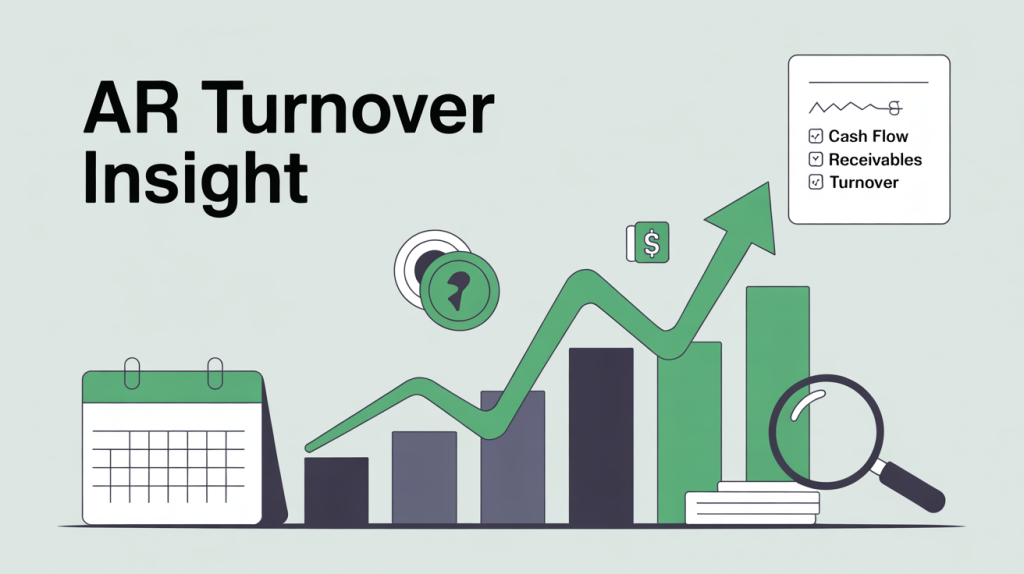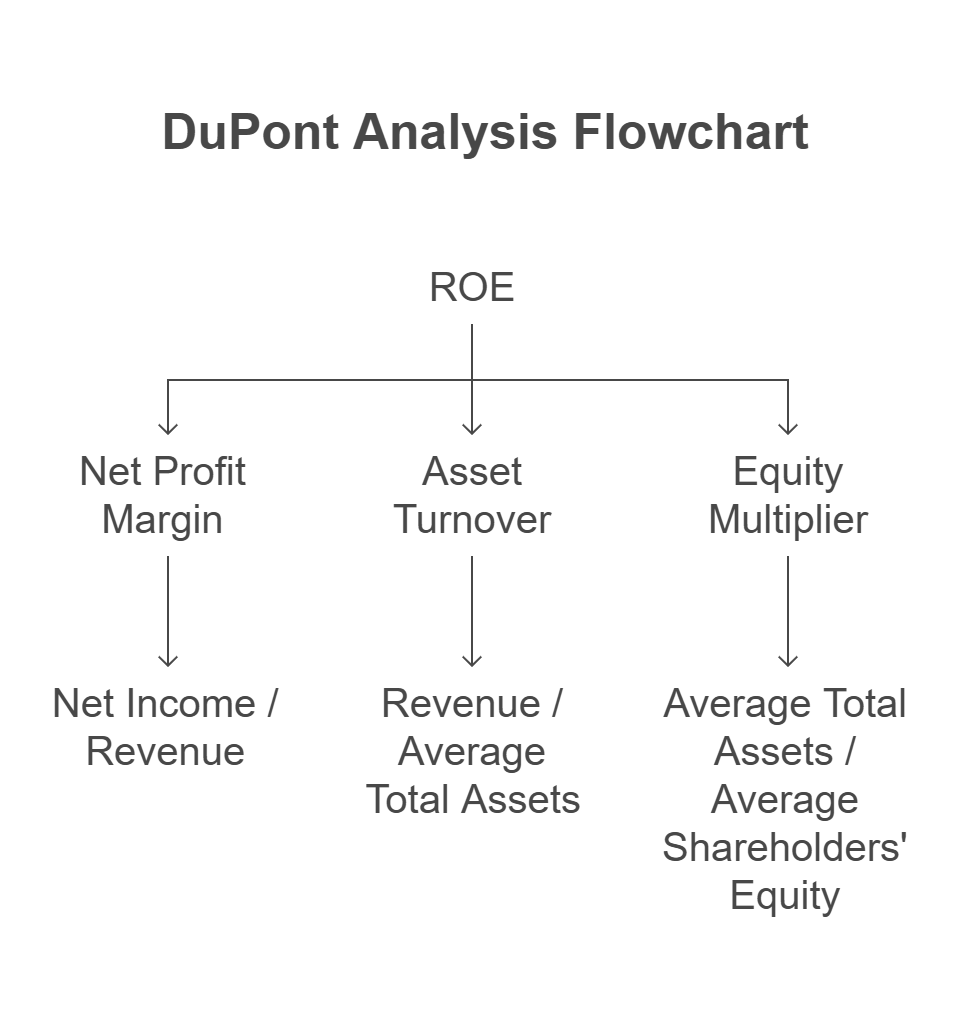
In value investing, we spend a great deal of time looking at valuations, moats, and financial statements to uncover opportunities the market has missed. But while many investors focus on P/E ratios or book value discounts, there’s another class of indicators that often go underappreciated: signals that expose the true operating health of a business. These are the metrics that don’t just tell you whether a stock is cheap, but whether it’s worth owning at all. Accounts receivable turnover is one of them. It doesn’t grab headlines, but it can quietly make or break your thesis.
The Quality Signal Lurking in Plain Sight
You’re no stranger to scrutinizing balance sheets. But some metrics hide in plain sight quietly whispering the real story behind the numbers. Accounts receivable turnover (AR turnover) is one such underrated metric. While the headlines focus on revenue and earnings, AR turnover tells you how efficiently a business converts sales into actual cash, without needing a forensic accountant. As a value investor, you don’t just want cheap. You want sustainable. This one ratio can help you avoid value traps and zero in on quality companies trading at a discount.
What Is Accounts Receivable Turnover and Why It Matters to You
Before we connect this metric to investing decisions, let’s clarify what it measures.
AR turnover = Net Credit Sales / Average Accounts Receivable.
It shows how many times a company collects its receivables in a year.
Note that we are interested in Net Credit Sales, not Net Sales. This means we are primarily concerned with collections activity on the sales where the company has extended credit to the buyers.
Why should you care?
Because high turnover means faster cash inflows and lower risk of defaults. Low turnover, on the other hand, may signal weak customer quality, poor collections, or even window-dressed revenue. For a value investor aiming to preserve capital and compound wealth, this is a non-negotiable red flag detector.
Days Sales Outstanding or DSO is a related concept. It is the inverse of Accounts Receivable Turnover.
Days Sales Outstanding = 365 / AR Turnover
Higher AR Turnover means a lower DSO.
What a Falling AR Turnover Might Be Telling You
A declining AR turnover ratio isn’t just a rounding error, it can reveal mounting problems. Maybe management is chasing top-line growth by loosening credit terms. Maybe customers are struggling to pay. Either way, it raises questions about the real quality of the reported earnings.
For example, if a company is growing revenue but AR turnover is falling, that growth may be a mirage accompanied by ballooning receivables that may never convert to cash. And cash, as you know, is what keeps the business solvent.
You might see a falling AR Turnover result in greater bad debt write-offs in the future if the company can’t get this under control soon.
What a Rising AR Turnover Might Indicate, and Why You Still Need to Look Closer
A rising turnover rate generally looks good. It suggests stronger collection efforts, better customer quality, and improving operational efficiency and shrinking Days Sales Outstanding. But don’t stop your analysis there. Ask: is this improvement coming from one-off changes like tighter credit terms, or is it a structural improvement in business quality? Look deeper.
Especially for cyclical companies, improved AR turnover during upcycles could reverse quickly. Always contextualize improvements in AR turnover within broader macro and industry dynamics.
Faster collections and rising AR Turnover allows the business to reinvest cash more times in new inventory or marketing efforts, which should result in higher future growth due to more frequent compounding.
How to Use AR Turnover as a Filter, Not a Final Judgment
Like any ratio, AR turnover is not a standalone truth. It must be interpreted in context. Here’s how to make it useful in your valuation framework.
Compare the company’s AR turnover with its past performance, not just its peers. Track changes in days sales outstanding (DSO), the inverse of AR turnover, to get a feel for liquidity pressures. Use AR turnover as a qualitative filter when screening for undervalued companies with strong business models.
This ratio won’t tell you whether the stock is undervalued, but it will tell you if the reported profits are worth believing.
Pair It with These Metrics for Sharper Insights
Used in isolation, AR turnover is a flashlight. Combined with other metrics, it becomes a floodlight. Here are three you should always check alongside:
- Operating Cash Flow vs Net Income: Are earnings translating to cash?
- Inventory Turnover: Helps you understand if issues are broader than just receivables.
- Return on Invested Capital (ROIC): Filters out low-quality compounders from the truly capital-efficient.
If AR turnover looks weak while these others are strong, it might still be worth a deeper look. If they all flash warning signs, you likely have a value trap on your hands.
Example: The Tale of Two Value Stocks
You may have two companies trading at 6x earnings. One converts 90% of its sales into cash within 30 days. The other takes 120 days and reports rising receivables quarter after quarter. Which one deserves your capital?
As we said, higher AR Turnover means more compounding and higher future growth. It also means less liquidity issues. It is a mark of quality.
Your edge as a value investor lies in identifying what others overlook. AR turnover is rarely featured in headlines, but it’s often the difference between an undervalued gem and a capital sinkhole.
Final Thoughts: Don’t Let Illusions of Profit Cloud Your Judgment
Earnings can be gamed. Cash can’t. The accounts receivable turnover ratio helps you pierce the illusion and get closer to the truth. Add it to your toolkit, not as a shortcut, but as a spotlight. It won’t make your decision, but it will make your decisions better.
Call to Action
If you want deeper insights into how I use hidden metrics like AR turnover in my stock picks, backed by real examples and real allocations, join my Premium membership. My portfolio is live, my skin is in the game, and you’ll get full access to every holding, every update, and every research note.
👉 Subscribe to Premium and gain the edge most investors miss

Shailesh Kumar, MBA is the founder of Astute Investor’s Calculus, where he shares high-conviction small-cap value ideas, stock reports, and investing strategies.
His work has been featured in the New York Times and profiled on Wikipedia. He previously ran Value Stock Guide, one of the earliest value investing platforms online.
Subscribe to the Inner Circle to access premium stock reports and strategy insights.
Featured in:








